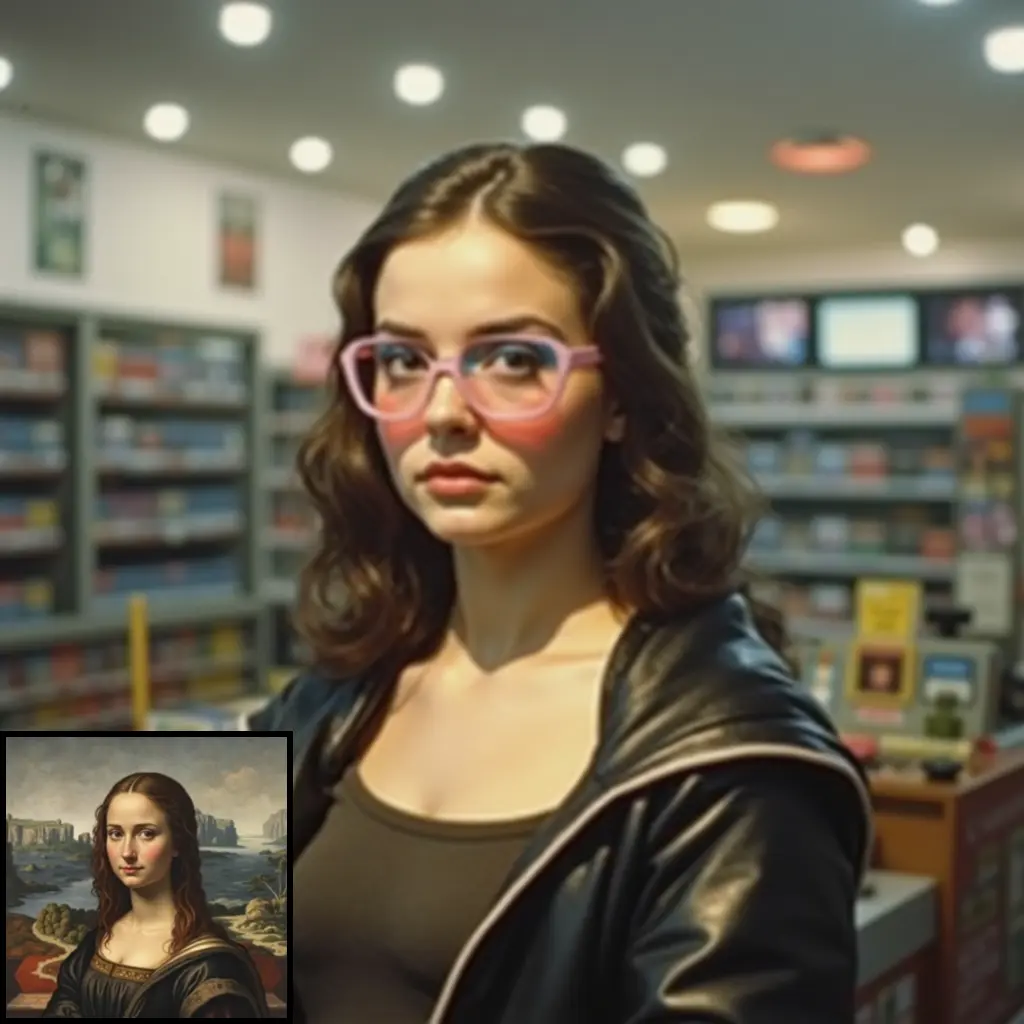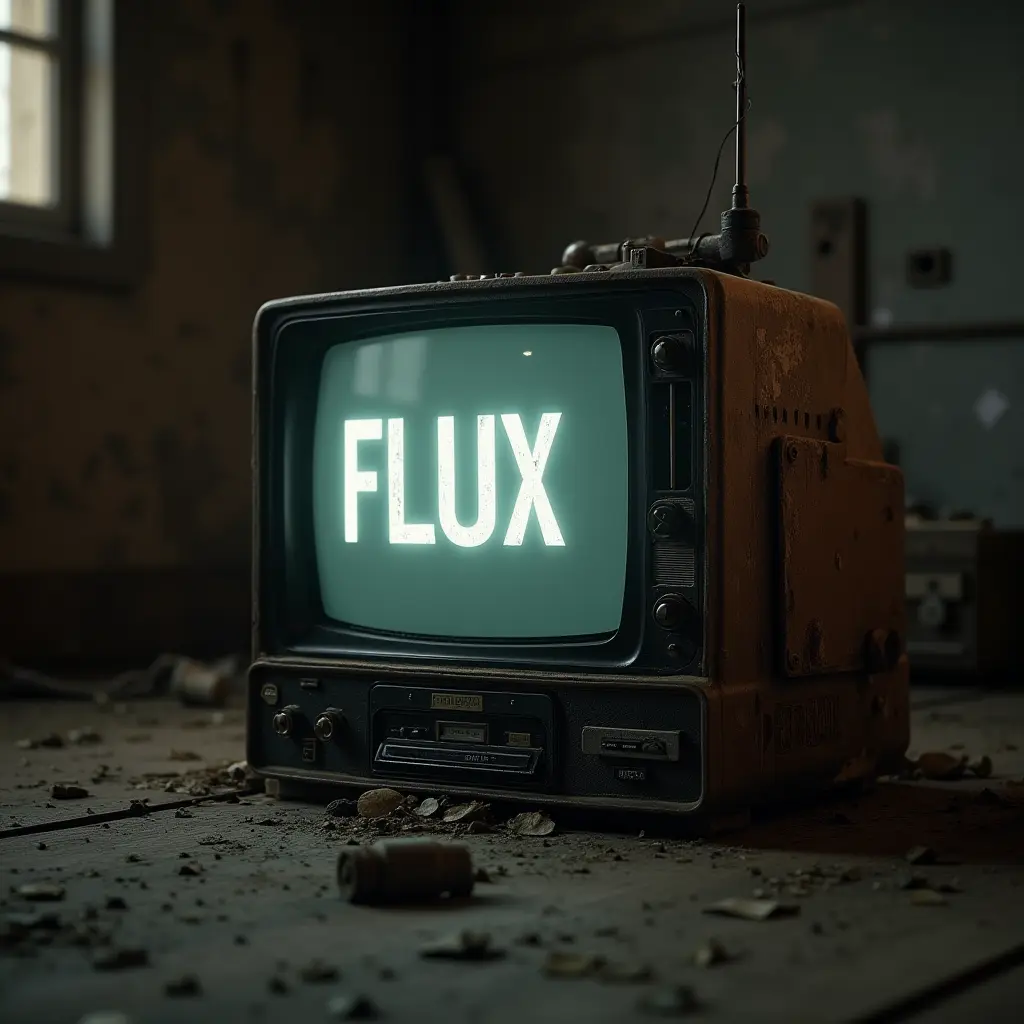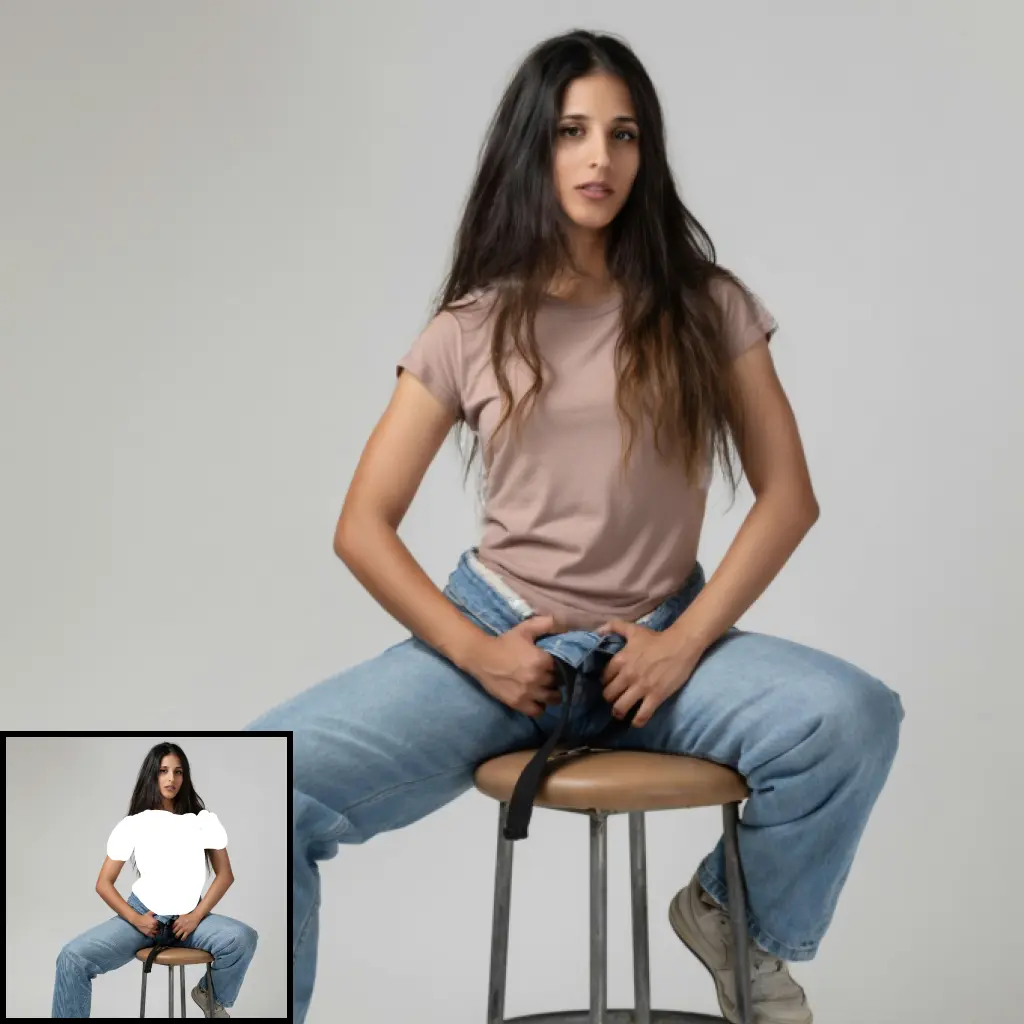ComfyUI Node: D2 Pipe
D2 Pipe
CategoryD2
da2el-ai (Account age: 713days) Extension
D2 Nodes ComfyUI Latest Updated
2025-05-04 Github Stars
0.03K
How to Install D2 Nodes ComfyUI
Install this extension via the ComfyUI Manager by searching for D2 Nodes ComfyUI- 1. Click the Manager button in the main menu
- 2. Select Custom Nodes Manager button
- 3. Enter D2 Nodes ComfyUI in the search bar
Visit ComfyUI Online for ready-to-use ComfyUI environment
- Free trial available
- 16GB VRAM to 80GB VRAM GPU machines
- 400+ preloaded models/nodes
- Freedom to upload custom models/nodes
- 200+ ready-to-run workflows
- 100% private workspace with up to 200GB storage
- Dedicated Support
D2 Pipe Description
Versatile AI art generation hub with comprehensive image processing and configuration settings for creative experimentation.
D2 Pipe:
The D2 Pipe node is a versatile component designed to facilitate the generation of AI art by managing and processing various parameters that influence the output image. It serves as a central hub for configuring the settings required for image generation, such as model checkpoints, prompts, and other generation parameters. By allowing you to specify both positive and negative prompts, as well as control over the seed, steps, and other generation settings, the D2 Pipe node provides a comprehensive interface for fine-tuning the creative process. This node is particularly beneficial for artists looking to experiment with different configurations to achieve unique and desired artistic outcomes.
D2 Pipe Input Parameters:
d2_pipe
This optional parameter allows you to input an existing D2_TD2Pipe instance. If not provided, a new instance will be created with default values. This parameter is useful for reusing or modifying existing configurations.
ckpt_name
A string parameter that specifies the name of the model checkpoint to be used. This is crucial for determining the base model from which the image generation will be derived. There are no specific minimum or maximum values, but it must be a valid checkpoint name.
positive
A string parameter that contains the positive prompt or description that guides the image generation towards desired features. This input is mandatory and significantly impacts the resulting image by emphasizing the elements you want to include.
negative
A string parameter that contains the negative prompt or description to steer the image generation away from unwanted features. This input is mandatory and helps in refining the output by excluding certain elements.
seed
An integer parameter that sets the random seed for the generation process. This is essential for reproducibility, allowing you to generate the same image with the same settings. There are no specific minimum or maximum values, but it must be a valid integer.
steps
An integer parameter that defines the number of steps for the generation process. More steps generally lead to more refined images, but also increase computation time. There are no specific minimum or maximum values, but it must be a valid integer.
cfg
A float parameter representing the configuration scale, which balances the adherence to the prompt versus the model's creativity. Higher values make the output more aligned with the prompt. There are no specific minimum or maximum values, but it must be a valid float.
sampler_name
A string parameter that specifies the name of the sampler to be used in the generation process. The sampler affects the method of image generation, influencing the style and quality of the output.
scheduler
A string parameter that determines the scheduling strategy for the generation process. This affects how the steps are managed and can influence the final image's quality and style.
denoise
A float parameter that controls the level of denoising applied during the generation process. Lower values retain more noise, which can add texture, while higher values produce cleaner images. There are no specific minimum or maximum values, but it must be a valid float.
width
An integer parameter that sets the width of the generated image. This determines the horizontal resolution and aspect ratio of the output. There are no specific minimum or maximum values, but it must be a valid integer.
height
An integer parameter that sets the height of the generated image. This determines the vertical resolution and aspect ratio of the output. There are no specific minimum or maximum values, but it must be a valid integer.
D2 Pipe Output Parameters:
d2_pipe
This output returns the D2_TD2Pipe instance used or created during the process. It contains all the settings and configurations applied, allowing for further modifications or reuse in subsequent operations.
ckpt_name
The name of the model checkpoint used in the generation process, confirming the model source for the generated image.
positive
The positive prompt used, reflecting the input that guided the image generation towards desired features.
negative
The negative prompt used, indicating the input that helped steer the image generation away from unwanted features.
seed
The random seed applied during the generation process, which is crucial for reproducing the same image with identical settings.
steps
The number of steps executed in the generation process, which affects the refinement and quality of the output image.
cfg
The configuration scale used, showing the balance between prompt adherence and model creativity.
sampler_name
The name of the sampler applied, which influences the style and quality of the generated image.
scheduler
The scheduling strategy used, affecting the management of steps and the final image's quality and style.
denoise
The level of denoising applied, indicating the amount of noise reduction in the generated image.
width
The width of the generated image, confirming the horizontal resolution and aspect ratio.
height
The height of the generated image, confirming the vertical resolution and aspect ratio.
D2 Pipe Usage Tips:
- Experiment with different
seedvalues to explore a variety of outputs from the same prompt settings. - Adjust the
cfgparameter to find the right balance between adhering to the prompt and allowing the model's creativity to shine. - Use the
denoiseparameter to control the texture of the image, with lower values adding more artistic noise and higher values producing cleaner results.
D2 Pipe Common Errors and Solutions:
Invalid checkpoint name
- Explanation: The
ckpt_nameprovided does not match any available model checkpoints. - Solution: Ensure that the
ckpt_nameis correctly spelled and corresponds to a valid checkpoint in your environment.
Missing positive or negative prompt
- Explanation: Either the
positiveornegativeprompt is not provided, which is required for the node to function. - Solution: Make sure to input both
positiveandnegativeprompts to guide the image generation process.
Invalid parameter type
- Explanation: One or more parameters are not of the expected type, such as a string instead of an integer.
- Solution: Verify that all input parameters match the expected types as specified in the node's documentation.
D2 Pipe Related Nodes
RunComfy is the premier ComfyUI platform, offering ComfyUI online environment and services, along with ComfyUI workflows featuring stunning visuals. RunComfy also provides AI Playground, enabling artists to harness the latest AI tools to create incredible art.




